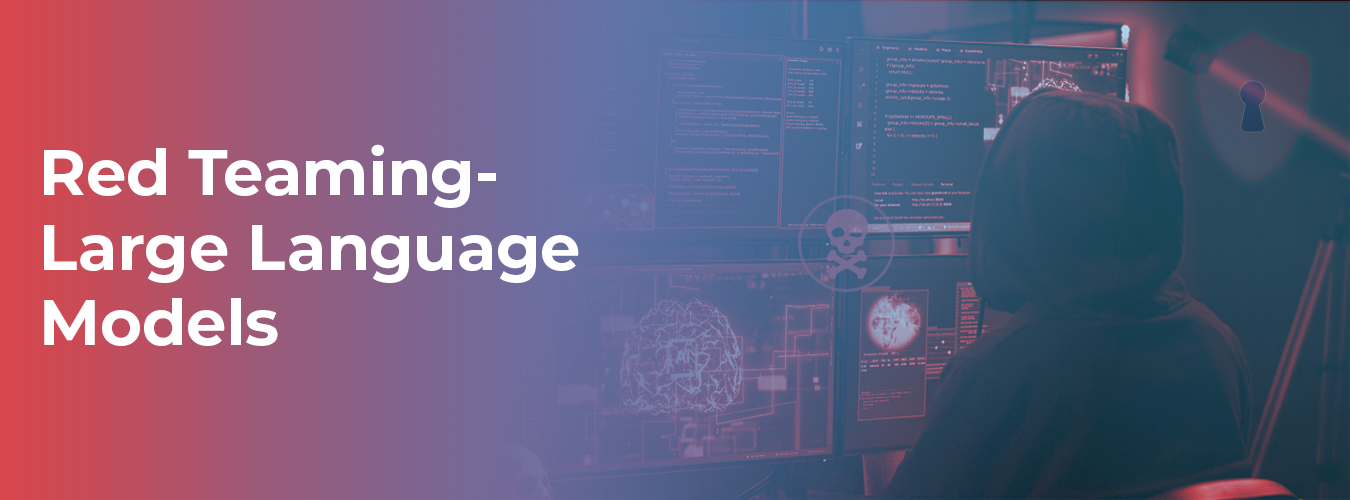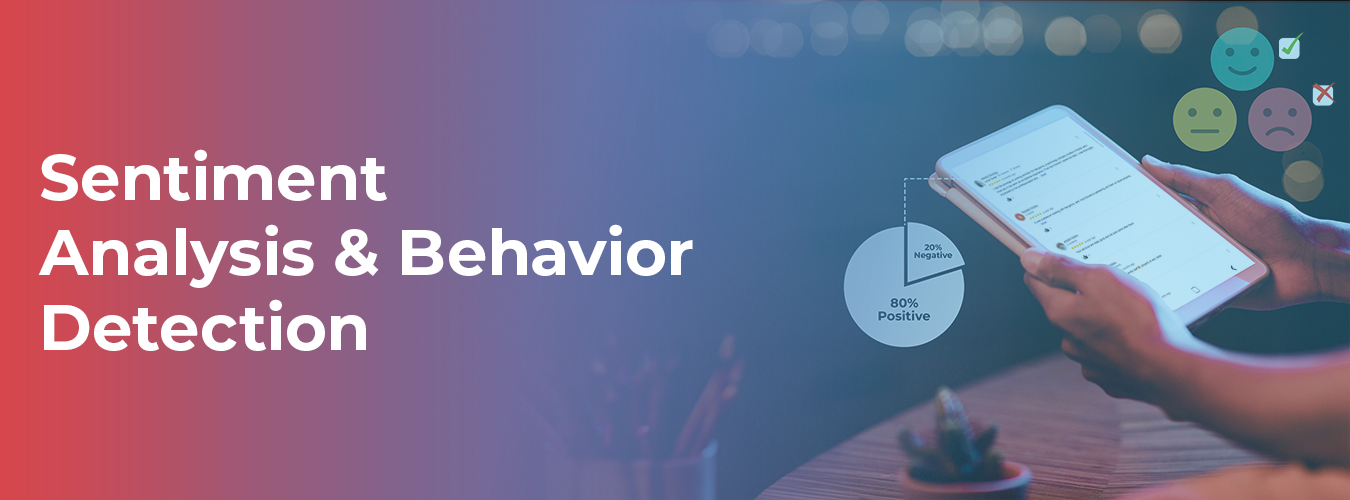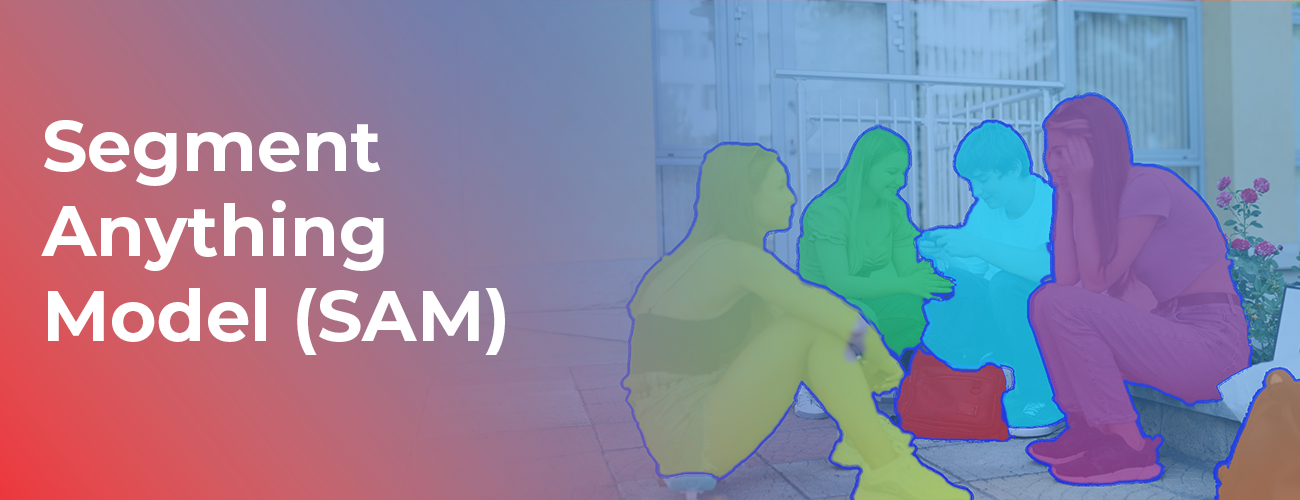Labeling data for machine learning is like showing a computer picture and explaining what each one is, just like teaching a child about animals. We give the computer examples of data and tell it what each piece of data means.
This helps the computer learn patterns and make guesses based on the labeled data. It’s a bit like giving the computer a guidebook to understand the world, so it can make sense of things like we do.
History of labeling data for machine learning
In the olden days, back in the 1950s and 1960s, scientists began teaching computers to do clever things like humans. But those early computers couldn’t understand stuff like pictures or words. Then, in the 1980s and 1990s, researchers found a way to train computers by showing them examples with labels. For instance, they’d say, “This is a picture of a dog,” or “This is a picture of a cat.”
As technology improved, we started collecting heaps of data from the internet and other places. This data became really important for training computers to do lots of different tasks, like recognizing faces and understanding speech.
Even today, labeling data for machine learning is incredibly important. We use it to show computers how to learn from examples and improve at all sorts of jobs. But it’s not always straightforward. Sometimes the data we collect has mistakes or biases, so we have to be careful. Despite the challenges, labeling data keeps on playing a big role in making computers smarter and more helpful in our lives.
How does labeling data for machine learning work?

Teaching a computer through labeling data is similar to showing it examples and explaining what they are. First, we gather many examples of what we want the computer to understand.
After that, we use a special computer program called an algorithm that learns from all those examples. It looks for patterns in the labeled data, so when we show it a new picture or email, it can guess what it is based on what it learned.
Think of labeling data for machine learning as giving the computer a map to follow. The better and more varied the examples we give it, the smarter the computer becomes at understanding and making decisions on its own.
Features of labeling data for machine learning:
- Accuracy: Make sure the labeled data is correct. Mistakes can mess up how the computer learns.
- Consistency: Label similar things in the same way every time. It helps the computer understand better.
- Relevance: Only label what matters for the job at hand. Extra stuff can confuse the computer.
- Completeness: Label all the important parts of the data. Leaving things out can make the computer miss important stuff.
- Quality Control: Check for mistakes in labeling and fix them. It keeps the data reliable.
- Scalability: Make sure the labeling data for machine learning process can handle lots of data without slowing down.
- Documentation: Keep good records of how you labeled the data. It helps others understand and trust your work.
- Feedback Loop: Keep improving the labeling process based on how well the computer is doing. It helps make things better over time.
Advantages of labeling data for machine learning:
- Better Accuracy: Labeling data helps computers make more accurate guesses because they learn from clear examples.
- Easier Understanding: Labeling data for machine learning makes it easier for computers to understand things, so they can make smarter decisions.
- Tailored Learning: Labeled data lets computers learn specific tasks better, making them more useful for what we need.
- Faster Learning: With labeled data, computers can learn quicker and need less time and energy to get good at something.
- Less Work for Humans: Labeled data helps computers do tasks on their own, saving humans time and effort.
- Find Patterns: By looking at labeled data, we can see patterns and trends, helping us understand things better.
- Can Change and Adapt: Computers trained on labeled data can adjust to new situations or information, making them more flexible.
- Stay Ahead: Companies that use labeled data well can stay ahead of the game by using computers to find new ways to improve and innovate.
Future of labeling data for machine learning:

Here’s what we can expect:
- Less Work, More Automation: We’ll rely more on machines to label data automatically, saving time and effort.
- Learning from Less: Computers will get better at learning from smaller amounts of labeled data, mixing it with unlabeled data to learn more efficiently.
- Smarter Labeling Choices: Computers will help us decide which data to label next, making the process quicker and easier.
- Teamwork with Technology: We’ll work together with technology on labeling tasks, using online platforms to collaborate and get more done.
- Special Tools for Special Jobs: We’ll see more tools designed for labeling specific types of data, like medical images or environmental sensor readings.
Begin your journey into labeling data for machine learning with Macgence:
Macgence offers a range of services to help you with labeling data for machine learning, making the process easier and more effective. Whether you need custom data sourcing, content validation, or crowd-as-a-service solutions, Macgence has you covered. Their expertise in enterprise AI and data annotations ensures high accuracy across various data types, leading to impeccable model accuracy.
Moreover, Macgence’s managed model generation service provides end-to-end support, from defining requirements to testing and validation. With their localization service, you can expand your model’s functionality to meet the needs of specific markets or audiences. Macgence also offers generative AI and LLM augmentation to enhance your existing models using custom techniques. Their commitment to quality, compliance, and global expertise makes them a trusted partner for all your AI training data needs. With Macgence, you can build smarter AI models faster and more efficiently, unlocking the full potential of machine learning technology.
FAQs
Ans: – Labeling data teaches computers to recognize and understand information, crucial for making accurate predictions. Without it, machine learning models struggle to learn effectively.
Ans: – Labeling involves categorizing data examples for the computer to learn from. Algorithms analyze these labeled examples, identifying patterns to make predictions on new data.
Ans: – Labeling data brings many advantages: it boosts accuracy by helping computers make better predictions, simplifies understanding for them, allows tailored learning for specific tasks, accelerates the learning process, saves human effort, sparks innovation, and gives a competitive edge.




